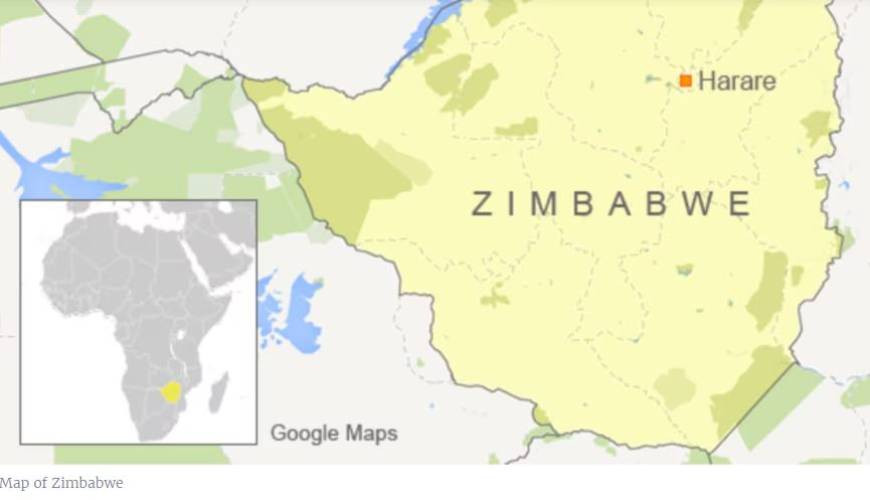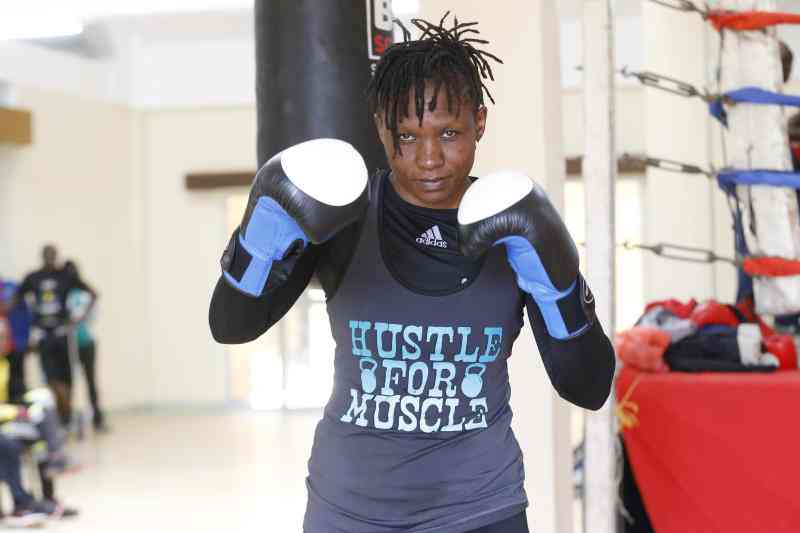
If your animal has been pregnant; then you are certainly looking forward to that day when it gives birth to young one(s). If it is a cow, you are already salivating for the milk that follows. It is a defining moment for the mother and transition for the offspring and farmers must be prepared to play their role during this critical moment.
Preceding birth there are several hormonal changes that take place to ensure the offspring and its feotal membranes are safely expelled from the mother; this in normal circumstances happens only when the feotus has grown to maturity and can survive on its own outside its mother.
This article while mentioning other animals is mainly about the cow.
When it nears birth the feotus will rotate to attain an upright position with its front legs and head pointing towards the birth canal. The uterine muscles will grow rapidly in readiness for strong contractions that will push the feotus out.
Parturition in cows is divided into three stages namely: preparatory, fetal expulsion and expulsion of afterbirth.
First Stage – Dilation of birth canal
This stage is the longest and can take up to 72 hours in heifers; in cows it will be shorter. In this stage the animal will become restless, isolate itself from the rest, her appetite will reduce, she will arch her back and tail will be raised and straining attempts starting off lightly and becoming stronger as the stage proceeds.
During this period the muscles around pelvis will relax; opening the cervix, vagina and vulva into one continuous canal. To further ease the expulsion of the feotus, the birth canal is lubricated with slimy fluid of which some will be discharged through the vulva and will stain the hind quarters. No human interference should be attempted at this stage.
Towards the end of this stage the intensity of muscular contractions increase; don’t disturb the animal at this stage because any stress can stop uterine contractions and result in difficult birth. A normal delivery is marked by the calf emerging with its head tucked between its fore legs and the nose in front of the toes.
Second stage – delivery
The stage is marked by the appearance of feotal membranes at the vulva. When you observe this; start your clock because the newborn will arrive within an hour in case of normal presentation.
But can take longer in horses and first time calfers (one and half hours and two to three hours respectively).
However, this stage shouldn’t be left to last more than one hour. You will require to make judgment on assisting the calving process if stage goes beyond one hour.
Stay informed. Subscribe to our newsletter
In a normal delivery; you will see the calf’s forelegs and nose first protrude through the vulva covered in feotal membranes. This will be followed by a lot of straining that will push the shoulders and chest through the pelvis and the hind region will follow.
The newborn calf will still be attached to the placenta which still supplies oxygen during birth.
During the whole delivery process; it is advisable to have a veterinarian on standby just in case the cow needs assistance.
While assisted delivery can be easy when the presentation of the calf is normal; when the calf is malposition assistance can be complex and you will certainly need a veterinarian’s hand.
Because it requires thorough examination of the birth canal to see whether the dilation and lubrication are good and position of the calf.
Third Stage
In this stage the feotal membranes (the placenta) are expulsed while the uterus gets back to its normal position and state. The placenta is normally expulsed within six hours.
Difficult birth
Difficult birth will arise when the calf presents in an abnormal position, the calf is too large relative to the size of the birth canal or one of the stages is prolonged.
If the calf is too big it may necessitate a caesarian section but if the calf is of the right size but presentation abnormal there are various manipulations that can be done for normal delivery.
These manipulations should be done by an animal medic. It should never be done by the farmer when presentation is abnormal.
Artificial respiration
In most instances upon successful birth; the cow will vigorously lick the calf removing mucus from nostrils; this process stimulates breathing. However, if this doesn’t happen the farmer should come in and clear all mucus from the mouth and upper respiratory passages.
Sometimes the calf will not breath automatically upon birth; in this case artificial respiration should be applied by gently pressing the ribcage, tickling the nose or massaging the chest. You can also raise and lower forelimbs while gently pressing and releasing the ribcage. If all these attempts fail, do a mouth to nose resuscitation.
Care of the calf
The calf will upon standing up instinctively look for teats and start suckling ensure it gets maximum amounts of colostrum.
Disinfect the navel cord with iodine to prevent infections. Look out for any signs of diarrhoea.
Care of the Cow
The cow should stand up immediately after giving birth so that she can take care of her newborn.
If the cow remains down ensure she is sitting up with her hind end slightly raised up than the front end on dry bedding to avoid bedsores. When an animal is unable to raise up it can be pointer to nerve injury and a veterinary doctor should be called in immediately as other complications like bloat can result.
Problems may however arise especially if the mother experienced a difficult birth.
Difficult birth will result in vaginal and uterine tears which must be treated immediately. In some cases, the uterus may be pushed out during delivery.
Retained placenta
Feotal membranes are used to carry nutrients to the developing feotus in the womb. The membranes are normally expelled within 12 hours after birth.
Retained afterbirth happens when the feotal membranes have not been released 24 hours after delivery.
Normally a portion of the placenta will hang out and will be sucked into and out of the vulva and this is the genesis of infection as the contaminated stump continually spreads the micro-organisms into the uterus.
Worst still, this can result in tetanus infection. These diseases are fatal if not timely and appropriately managed.
Deficiencies of selenium, iodine, protein and carbohydrates, Vitamin A and E during pregnancy will predispose an animal to retained afterbirth.
A cow with a retained afterbirth will have low appetite and reduced milk production. The condition delays service for up to six months or can even lead to sterility.
Prolapse of the uterus
This is a common birth problem in cows however, it is easy to manage. Encouraging the animal to stand immediately after delivery will reduce chances of uterine prolapse.
 The Standard Group Plc is a
multi-media organization with investments in media platforms spanning newspaper
print operations, television, radio broadcasting, digital and online services. The
Standard Group is recognized as a leading multi-media house in Kenya with a key
influence in matters of national and international interest.
The Standard Group Plc is a
multi-media organization with investments in media platforms spanning newspaper
print operations, television, radio broadcasting, digital and online services. The
Standard Group is recognized as a leading multi-media house in Kenya with a key
influence in matters of national and international interest.
 The Standard Group Plc is a
multi-media organization with investments in media platforms spanning newspaper
print operations, television, radio broadcasting, digital and online services. The
Standard Group is recognized as a leading multi-media house in Kenya with a key
influence in matters of national and international interest.
The Standard Group Plc is a
multi-media organization with investments in media platforms spanning newspaper
print operations, television, radio broadcasting, digital and online services. The
Standard Group is recognized as a leading multi-media house in Kenya with a key
influence in matters of national and international interest.









